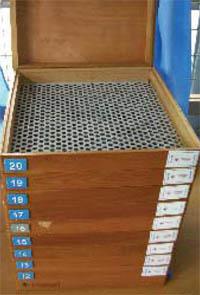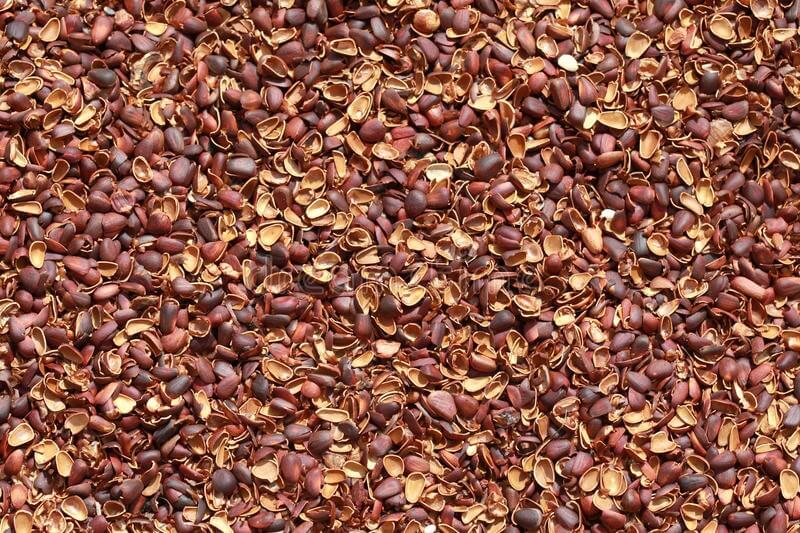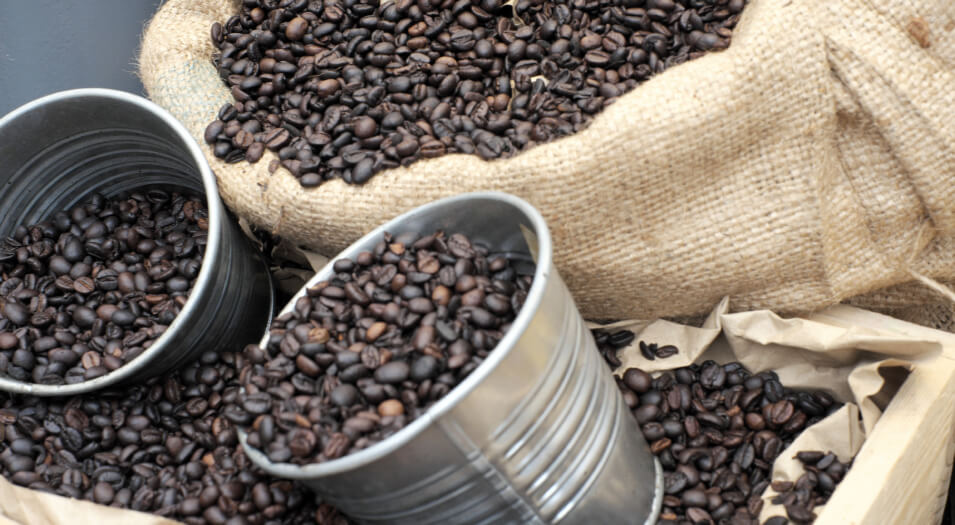Classification
Grading is the process of categorizing coffee beans on the basis of various criteria such as size of the bean, where and at what altitude it was grown, how it was prepared and picked, and how good it tastes, or its cup quality. Coffees also may be graded by the number of imperfections (defective and broken beans, pebbles, sticks, etc.) per sample. For the finest coffees, origin of the beans (farm or estate, region, cooperative) is especially important. Growers of premium estate or cooperative coffees may impose a level of quality control that goes well beyond conventionally defined grading criteria, because they want their coffee to command the higher price that goes with recognition and consistent quality. Grade 1: Specialty Grade Coffee Beans: no primary defects, 0-3 full defects, sorted with a maximum of 5% above and 5% below specified screen size or range of screen size, and exhibiting a distinct attribute in one or more of the following areas: taste, acidity, body, or aroma. Also must be free of cup faults and taints. Zero quakers allowed. Moisture content between 9-13%. Grade 2: Premium Grade Coffee Beans: Same as Grade 1 except maximum of 3 quakers. 0-8 full defects. Grade 3: Exchange Grade Coffee Beans: 50% above screen 15 and less than 5% below screen 15. Max of 5 quakers. Must be free from faults. 9-23 full defects. Grade 4: Standard Grade Coffee Beans: 24-86 full defects. Grade 5: Off Grade Coffee Beans: More than 86 full defects
Screen size: Many countries will classify and compare coffee beans by using a screen size sorting system. The theory behind this method of coffee bean classification is that coffees of the highest altitudes are more dense and larger in size than at the other altitudes. It is also known that coffees of higher altitudes (i.e. slower coffee bean development rates) have the best flavor profiles. Therefore, there is a correlation between coffee bean size, density, and quality. However, this correlation has numerous exceptions and size classification should only be used to verify that the coffee lot is uniform in size which helps ensure a uniform roast. The different coffee growing regions have their own preferred terminology, but the best indicator of size is to know the screen size. The screen size is usually reported as 17/18, 15/16, 13/14, etc. This means 17/64 of an inch, 18/64 of an inch. Other size classification may be used in specific countries such as Colombia where the size of the bean is classified either as Excelso (smaller bean) or Supremo (larger bean).

Green Coffee Beans Sizing Chart
![]()




